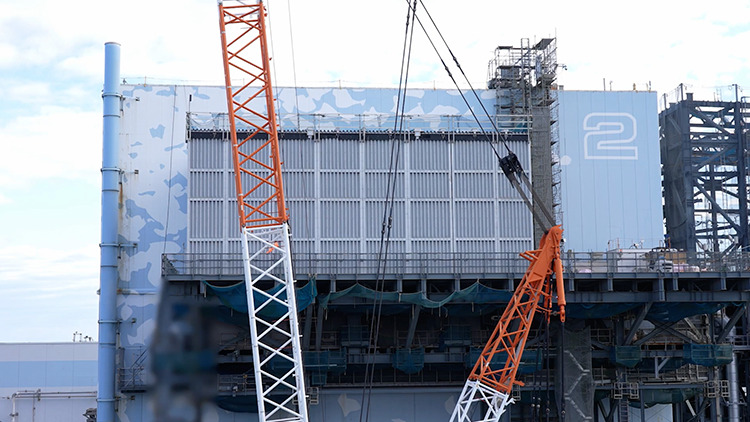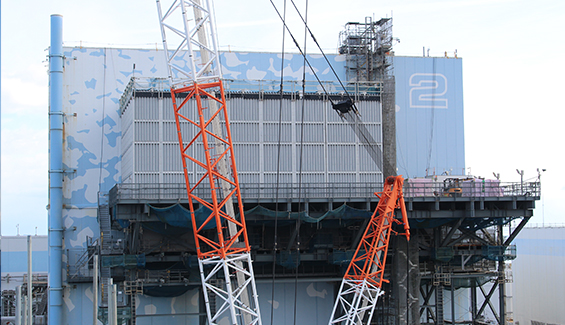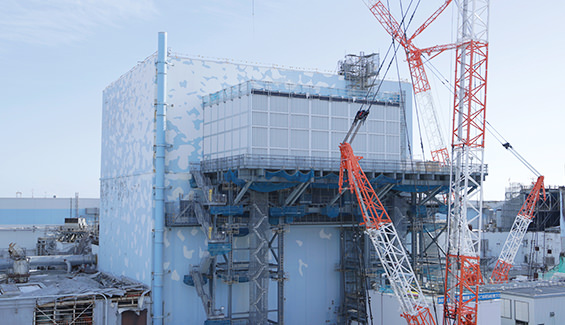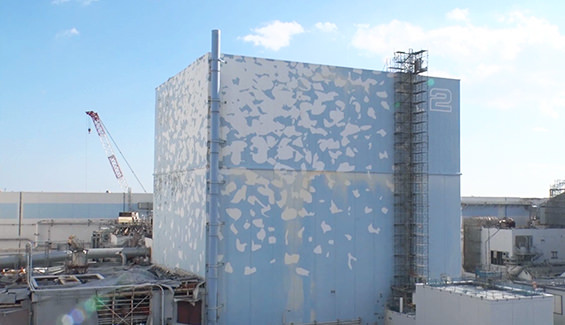Dose levels in the vicinity
μSv/h
What kind of work is being done at Unit 2?
At Unit 2, we are currently building a gantry for fuel removal and front chamber on the south side of the reactor building in preparation for the removal of fuel from the spent fuel pool.
This will be the first unit from which fuel debris will be retrieved and preparations for the commencement of retrieval are underway.

What changes has Unit 2 undergone since the accident?
What kind of preparations are underway in order to remove fuel debris?
In February 2018, an investigation of the inside of the Primary Containment Vessel (PCV) was conducted in preparation for fuel debris retrieval.
We successfully took footage from immediately below the Reactor Pressure Vessel (RPV), where it is assumed that fuel debris exists.
Some of this footage showed deposits that are assumed to be fuel debris.
The investigation also showed that water is dripping from above and keeping the fuel debris at the bottom cool and stable.
The following year in February 2019, we conducted a “contact investigation” for the first time during which we touched deposits in order to examine hardness and brittleness.
We grabbed deposits that had accumulated at the bottom of the PCV to examine their shape and size, and we also confirmed that the deposits could be moved.
We will retrieve a small amount of fuel debris from Unit 2 on a trial basis and have it analyzed by expert agencies.
We opened a penetration hatch of the primary containment vessel in October 2023 and commenced deposit removal work inside the penetration in January 2024 for fuel debris trial retrieval.
We will use the telescoping device that was successful during past internal investigations. Thereafter, we will perform internal investigations and sample fuel debris with the robotic arm.



Deposit contact investigation
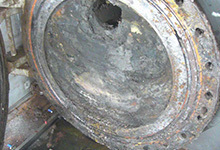

What is the gray box attached to the front of the reactor building?
This is called an anticum and was constructed to investigate the roof of the reactor building.
The anticum prevents dust, etc. that contains radioactive materials from being dispersed into the environment when
boring holes in the wall of the reactor building.
The anticum is 30m high, 38m long and 16m wide.



